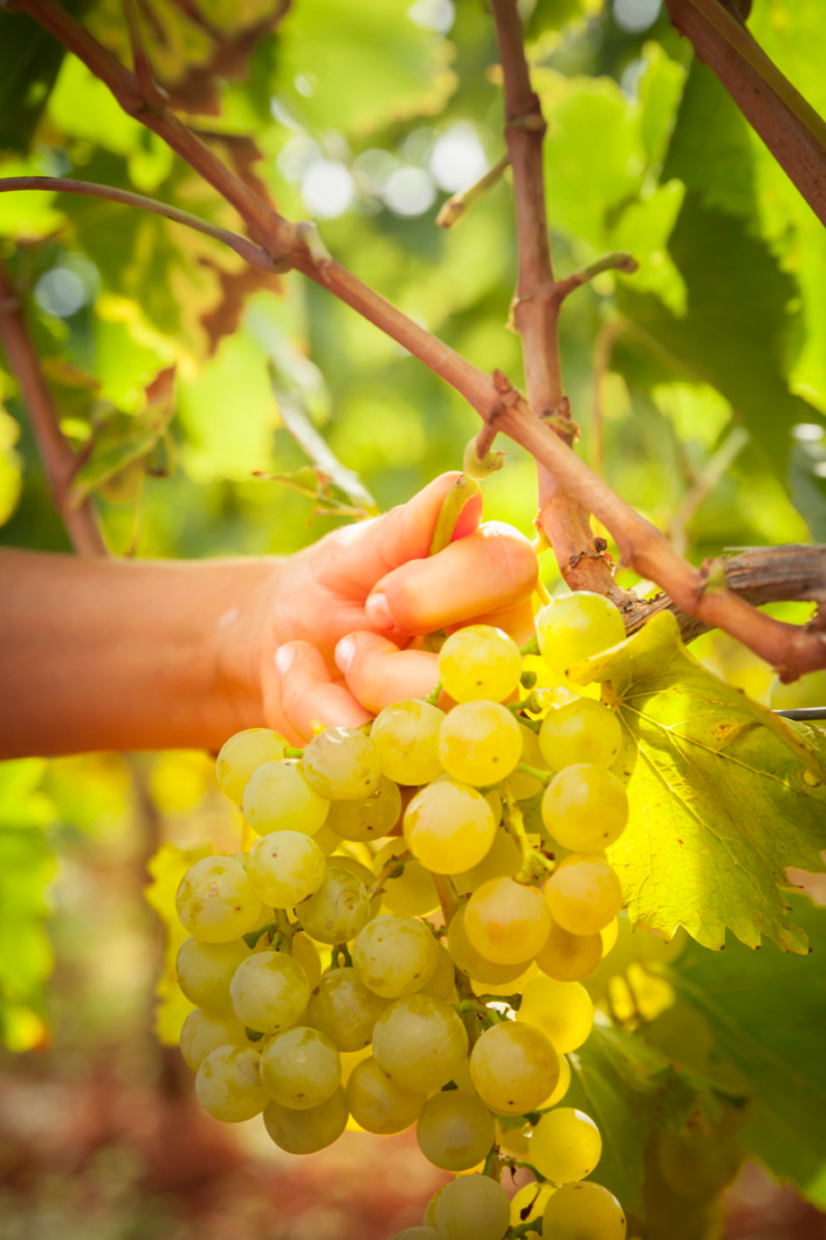Your basket is empty
Already have an account? Log in to check out faster.
Already have an account? Log in to check out faster.
Among the most revered winegrowers in Croatia, Moreno Coronica established his winery in 1992, shortly after Croatian independence following the dissolution of Yugoslavia. His family has lived in Koreniki for generations, Moreno’s surname “Coronica” being an old spelling for the town. The estate dates back to the early 20th century, founded by Moreno’s grandfather, Giovanni Coronica, when Istria was a part of Italy. Before devoting himself fully to wine, Moreno also worked as a fisherman and mechanic.
A staunch champion of Istria’s native grapes, Moreno is insistent on preserving varietal integrity in his wines, never succumbing to market pressure to adhere to wavering consumer styles such has excessive fruitiness, heavy oak influence, or over extraction. While he is a traditionalist in this sense, he has also embraced more modern winemaking technologies to craft wines of precision, purity, and ageability.
Situated a mere 2.5 kilometers from the Adriatic, Coronica’s vineyards sit atop rich terra rossa soils, which Moreno finds ideal for winegrowing. Moreno is a master of Malvazija Istarska, and 75% of his property is dedicated to the variety. Also a passionate maker of red wines, Moreno has been a leading voice for the native Teran, as well as locally distinct interpretations of Merlot and Cabernet Sauvignon.
"We make wine in the vineyard, twelve months a year, where the quality of our lives at the same time depends on the quality of our vines. Nurturing wine in the cellar is the climax and the closure of a one-year cycle. In this way, our lives intertwine with the fruits of our land. But no one has a Carte Blanche for this red soil! What we do have is an enormous responsibility to understand the messages it sends us and to treat it with respect."
The small Istrian Peninsula juts out like a shark tooth to form the northeastern edge of the Adriatic Sea. The vast majority of Istria belongs to Croatia, though small slivers are also parsed out to Slovenia and Italy’s Friuli Venezia Giulia and its capital Trieste. The peninsula’s crisscrossed political boundaries offer a small insight into the region’s complex history as a borderland, whose territory has shifted between powers regularly over the course of millennia.
The name Istria derives from the Histri people who occupied the area, until eventually being conquered by the Romans in the 2nd century BCE. Upon the fall of the Western Roman Empire, Istria was first dominated by the Goths, and later absorbed into the nearby Republic of Venice. In the 20th century alone, Istria was controlled by the Austrian Empire, Italy, and Yugoslavia until the latter’s breakup in 1991 set the current borders.
This constant changing of hands has created a fascinating cultural mixing still observed and celebrated in modern day Istria. Geologically distant from the rest of mainland Croatia, Istria was never under Ottoman control, like much of the rest of the country. As such, it lacks that cultural impact and leans more closely into its proximity to northern Italy and Venetian influence. Like Friuli, Istrian cuisine is rich in seafood and pasta, and the peninsula is also famous for its own cultivation of black truffles. And indeed, many Croatian Istrians speak Italian and carry Italian names.
Istria’s perimeter is dotted with beach resorts and the tourist destinations of Pula, with its striking ancient Roman arena, and Rovinj, the picturesque peninsula on a peninsula. The interior of Istria, however, is wine country. While still one of Croatia’s most important wine regions, Istria’s 4,000 hectares is only one-tenth of its pre-phylloxera 19th century area. Defined by a dramatic sweep of rolling hills, often decorated atop by medieval towns, Istria is sunny, breathtaking, and ideal for viticulture. Grapes thrive in the iron-rich terra rossa soils whose red hue bring further color to the Istrian landscape.
Istria’s flagship variety is its native Malvazija Istarska, and most Istrian producers fashion one if not several interpretations of the variety. Winegrowers also cultivate Muškat Momjanski (Muscat Blanc à Petits Grains) for both dry and lusciously sweet wines. These dessert wines are typically made through dried grape winemaking, similar to Tuscan Vin Santo. Teran yields captivating red wines in Istria, as can its close relative Refošk (Refosco). More surprising, several Istrian winegrowers bottle excellent Merlot wines, as well as a smaller amount of Cabernet Sauvignon, similar in style to many of the Super Tuscans of Bolgheri.
